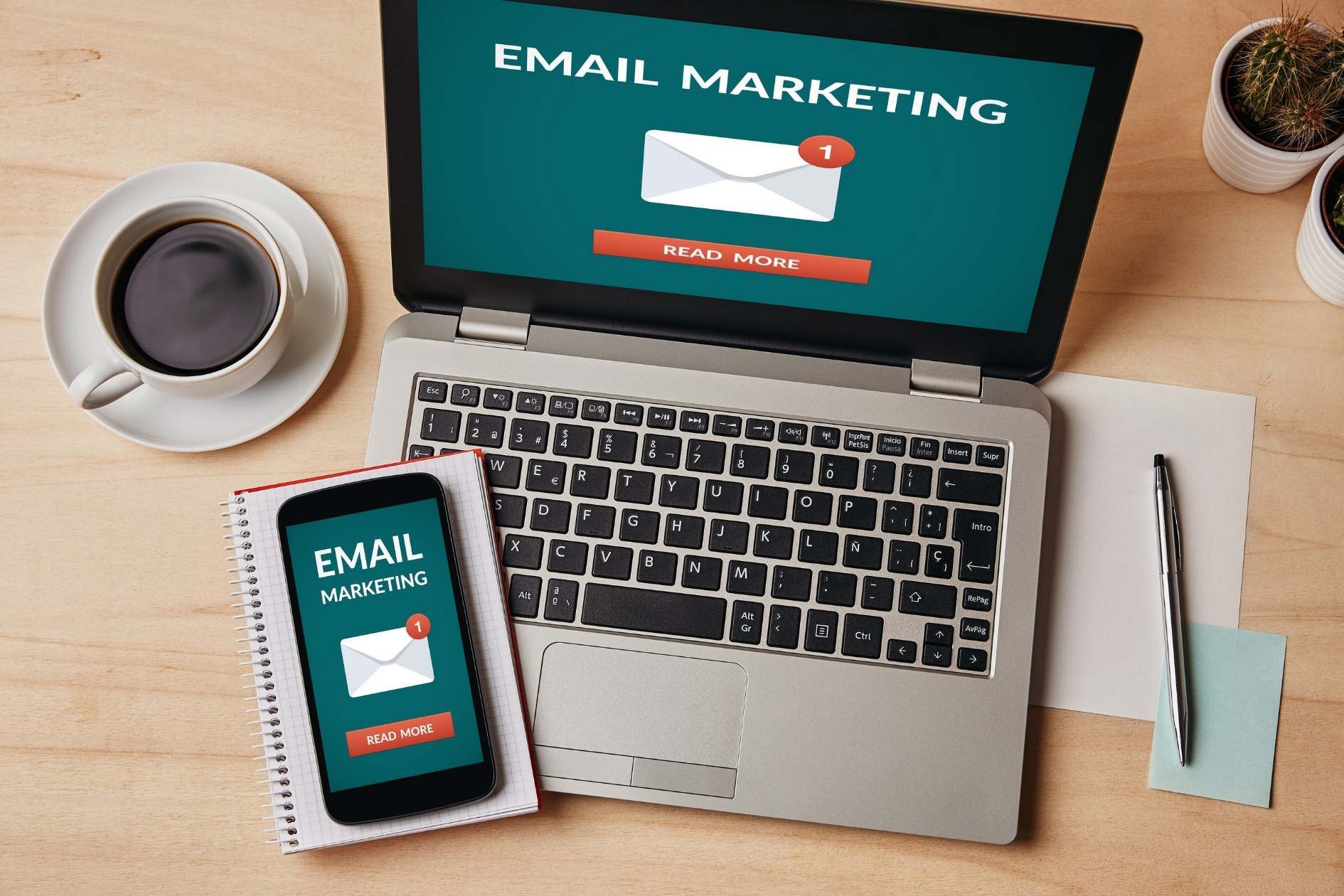
Emails are a great form of communication in a business setting and for personal usage combined. The complete form of email is ‘Electronic Mail’. As the name suggests, emails provide an instant messaging service that is free to use, becomes a permanent proof of communication, and remains in use for several functions.
Some essential tasks of email are business communication like marketing, public and media press releases, important notifications dispersed to staff, and even managing day-to-day operations. In the personal usage capacity, emails help us send greetings and contact followers or friends and family, among other uses.
What is an Email Strategy
Emails make the business process and operations more manageable, especially for freelancers who regularly deal with individual clients remotely. Emails are also in use as a marketing tool in the digital marketing domain. Freelancers often use emails to conduct their marketing practices and to win more clients. However, having an email strategy increases their impact exponentially.
Freelancers need to have their email strategies thoroughly tested and researched to have a good chance of winning a new client. An effective email marketing strategy will need the professionals to avoid some basic let-downs, as their potential clients receive many emails daily. You will not want to be another one amidst all those emails.
Why Does Every Freelancer Need One?
According to digital marketing experts, strategic marketing emails are more effective than posting on social media platforms to make new customers.
However, it must come to practice after having comprehensive research. For an effective email strategy, it becomes crucial that you have clear objectives, analyses of your potential customer personas based on your product or service. Freelancers, in particular, need to analyse the markets and main characteristics of their potential or current clientele, and most of all, they must be aware of email marketing best practices.
5 Mistakes Freelancers Make While Writing Their Email
Before you start working on your email strategy, it’s better to learn about the basic guidelines of email marketing; from here, you can practice to perfection.
This blog will help you write a professional email and avoid the most common mistakes when initiating your email campaigns. Like most things in life, we often learn more by analysing mistakes and thinking about improving.
Here are the five typical mistakes you should always avoid when sending emails to your customers:
Mistake #1: Not Using a Separate Email Address for Client Work
The first and foremost mistake is that freelancers sometimes use their personal emails to communicate with their clients and customers. It can become a great fuss if you have hundreds of customers and communicate multiple times during the day.
Apart from the possible hassle, your impression of your customers may not be too professional at times. You are likely to mix your contact lists with personal and professional contacts and someday make an error while sending emails.
Freelancers, in particular, need to be careful with their email-based communications. It will allow them to have documented proof if any conflict arises. If the transmission isn’t clear, you might lose the conflict and the project you might be investing in; when you have a dedicated work email, it’s easier to maintain the communication threads, which are easily traceable if and when you need them.
Once you create your professional email, setting a formal work-related tone in your email communications gets easier. Your customers will also like that you’re serving them with a clear mindset, and a proper communication channel will increase the trust level of your clients.
Mistake #2: Not Using Smart Unsubscribes
There are times when your customers will want to discontinue receiving your emails for any reason at all. In this sense, if they don’t have the option to unsubscribe directly, they will get a bit annoyed and might even block you for good. So, you must allow your customers to unsubscribe if they feel like it.
Adding the smart unsubscribe option in your emails will increase the comfort of your clients, and they will appreciate this in the long run. It can also leave your customers the opportunity to resubscribe any time in the future, so your communication channel is never actually blocked permanently.
You can place it at the bottom of each email, as there must be a way for the recipient to unsubscribe with minimum effort. It must be visible, and we do not advise that to do so, they have to log in to your page as it will only increase in their struggle.
Make your emails easy so your customers do not feel like your prisoner. Better to unsubscribe than to mark you as SPAM. What’s more, Gmail offers the recipient the ability to mark as spam and unsubscribe. In other words, Gmail will do it for you, and your reputation as a professional will suffer.
Mistake #3: Sending Emails Too Often
Sometimes we hear people brag about the size of their email contact list or how excessively they send emails to their customers. It is impressive to hear that someone has thousands of email addresses in their contact list. However, the quantity does not always indicate quality. Check the quality of your emails; you need to know if your subscribers are interacting with your content or not.
Similarly, sending emails in higher numbers increases the chance of annoying your customers. Emails have to be valued by the customer, and if they are receiving emails numerous times with very little value, they will not bear it for long. It is another mistake that can move your emails from the inbox to the spam folder.
To create an effective email strategy, you need to make sure your emails are not repetitive. The number of emails needs to be acceptable to attain a particular reaction or disseminate critical information that directly or indirectly affects your customers. All these points are focused on raising the value of the emails that your clients read.
Mistake #4: Sending Generic Emails
Another significant error often made by email marketers is sending out emails that don’t have any actionable messaging or communication. It is essential to send out emails that carry valuable content. It also means that your emails need to address your customers’ needs and might not be interested in boring information about your business or other news-based content that is not relevant for your customers.
Keeping your emails brief and to the point can be the crux of your email strategy. You can add value to your emails by offering your customers or readers a more personal approach keeping their interests and wellbeing a priority. You can always wish them about holidays and other socially highlighted events.
Mistake #5: Lack of Personalisation in Emails
Sending mass emails through email marketing should not be in excess. Of course, many subscribers know perfectly well that you have not written to them personally but try not to be noticeable. Try to be human and close to them. Appealing to your customers personally can give you a better understanding of their behaviour and motivate them to take action.
There is nothing personal about getting an email from any business. We recommend that you include the name of an important employee of the company so the recipient feels connected.
Using the person’s real name will be a special way of connecting with your customers, even if it is always the same person who sends the email. The company name, the actual name, and the position of that person within the company will make sure the customer asks for that person if they want service more exclusively; it can also lead to potential business leads.
Avoid sending emails from info@emails or noreply@freelancerxyz; these are very regular and impersonal emails. Also, watch with going transparent. If you put the name of an employee of your company and this employee leaves, what do you do? You could make up a real-sounding name to avoid having these problems. Always have an email footer and include your company information; not having it may seem like they’re SPAM.
By law, you must include all the information corresponding to your company, such as:
- Address
- Name
- Designation
- Country
- Contact numbers
To further enhance your personalisation, add the links to your website or social networks. Even though it may seem like overwork, being transparent adds credibility to your freelancing gigs. You also have to inform your readers why they are receiving these emails. Keep in mind that they are already receiving many emails every day from different companies. Reminding them why they are receiving these emails from you will make you get more credibility and trust.
Conclusion
Email strategy is an essential ingredient of any freelancer’s strategic marketing and communication practice or even a business. It needs a lot of research about your potential customers. Once you understand your customer, you need to find ways to influence them to take actions that align with your business needs. You can always go for the personalisation approach; it helps get in touch with your favourite audiences.
Another critical factor in your emails should be the value of the content that your clients read. The more value you offer, the better reactions you will receive.
It’s a common thing that the customers will respond to emails that offer them some form of utility; it can be valuable information or an exclusive discount offer for a limited period. When sending emails to your clients, keeping all these aspects in mind will improve your customer relations and provide added value to your services.
The primary purpose of the email in a business setting is to maintain a two-way communication channel. It means that you should motivate your customers to respond and share what they have in mind. It can help you improve your services as a freelance professional.
Loyal customers also want to share their experiences while they use your services. If they can email you directly, they will opt for it. So, make sure all your emails are free from the basic errors mentioned here, and we’re sure you will do great in your professional endeavours.




